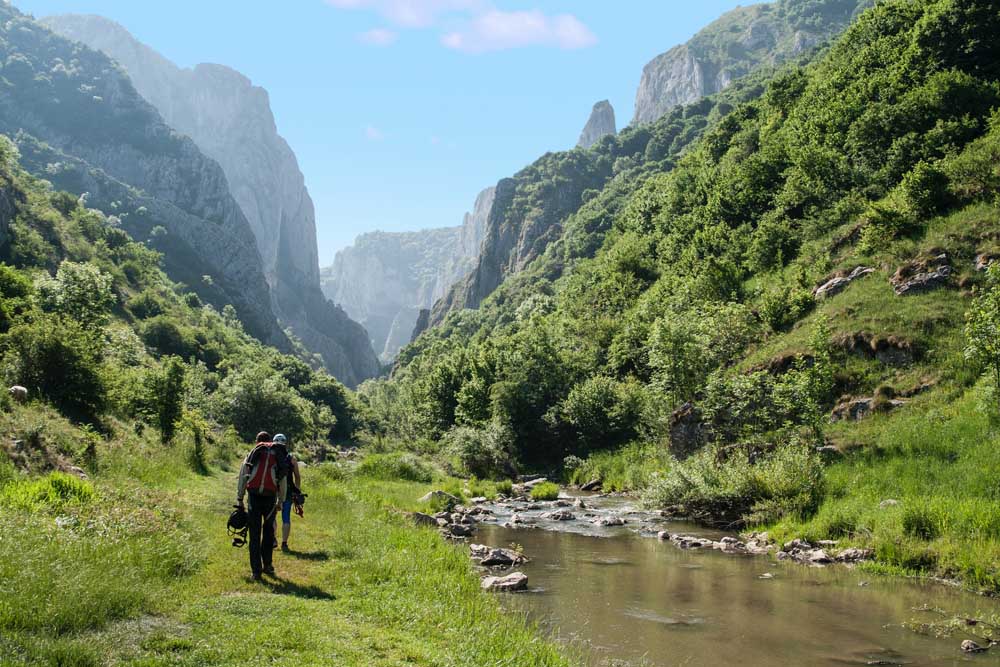Table of Contents
The world is advancing rapidly, but so are its environmental challenges. For business travelers, balancing the demands of work with a commitment to sustainability is no longer just a nice-to-have. It’s a necessity. With corporate sectors prioritizing environmental responsibility, sustainable travel is becoming an integral part of business practices.
What is Sustainable Travel?
At its core, sustainable travel minimizes the environmental impact of tourism and business trips. It focuses on reducing a traveler’s carbon footprint, benefiting local communities, and preserving natural resources for future generations. For business travelers, adopting sustainable practices goes beyond helping the environment; it aligns with corporate social responsibility (CSR) goals and reflects positively on the organization they represent.
The Three Pillars of Travel Sustainability
The sustainable travel concept consists of three main pillars, known as the three pillars of travel sustainability, and they cover the aspects that sustainable travelers must commit to during their travel and tourism:
The Environmental Pillar
this area focuses on decreasing the negative impacts of traveling on the environment and wildlife. This includes reducing carbon footprint, especially the percentage caused by air travel, water usage, and plastic waste. As sustainable travelers, we can make a positive impact by carrying our own reusable packaging items. We can also book hotels and restaurants that recycle their waste and are built from sustainable materials, and we definitely must help in protecting animals in their natural habitat.
The Social Pillar
this is mainly about our effect on local people and their communities. This involves supporting businesses where local people manage, work, and support the shop, in addition to NGOs, community tourism projects, charities, and social enterprises. Responsible travelers can search for opportunities to join these types of projects and learn who businesses are employing, whether they are paying them fairly, and whether they work in a safe working environment.
The Economic Pillar
the economic pillar of sustainable travel indicates that sustainable travelers should spend their money at local economy shops to positively contribute to the local economy. As tourists, we can book in locally run hotels, tour guides, and restaurants to boost the local economy.
Why Should Business Travelers Prioritize Sustainability?
1. Corporate Responsibility Equals Good Business
Customers, investors, and employees expect companies to adopt environmentally responsible practices. According to a Nielsen study, 81% of global respondents feel strongly that companies should contribute to environmental efforts. For businesses sending employees on work trips, implementing sustainable travel policies showcases their commitment to green initiatives.
2. Carbon Footprints Add Up
Air travel is a primary contributor to greenhouse gas emissions. A single roundtrip business class flight from New York to London emits approximately 3.4 metric tons of CO2 per passenger (source: ICAO Carbon Calculator). For frequent flyers or growing organizations, those numbers quickly add up.
3. Cost Efficiency Aligns with Sustainability
Sustainable choices often mean smarter financial decisions. Opting for direct flights, choosing eco-friendly accommodations, and using digital tools for remote collaboration can lead to savings and a lower overall environmental impact.
4. Future-Proof Regulations
Governments worldwide are enforcing stricter environmental legislation. Businesses that adjust early position themselves ahead of inevitable regulatory changes, avoiding both fines and reputational harm.
How Can Business Travelers Practice Sustainable Travel?
Making sustainable decisions as a business traveler doesn’t have to be complicated. With the right mindset and tools, frequent flyers can make choices that are better for the planet. Here’s how:
1. Choose Airlines That Prioritize Sustainability
Look for airlines that are investing in carbon offset programs, biofuels, and efficient aircraft. For instance, some airlines now allow travelers to offset emissions when booking tickets. Research before you book!
2. Stay in Green-Certified Accommodations
Choose hotels or lodgings certified by green standards such as LEED or EarthCheck. These accommodations often promote energy efficiency, waste reduction, and water conservation.
3. Pack Light
Surprisingly, luggage weight impacts fuel consumption during flights. Packing only what’s necessary reduces the aircraft’s overall weight and saves fuel.
4. Leverage Technology for Remote Meetings
Opt for video conferencing when face-to-face meetings aren’t critical. Advances in virtual reality and collaboration tools like Zoom and Microsoft Teams increasingly make remote work a practical and eco-friendly option.
5. Use Public Transportation or Shared Rides
Reduce emissions by taking public trains, buses, or shared ride services rather than relying on private car hires.
6. Optimize Your Itinerary
Minimize additional travel by strategically planning multi-meeting trips, sticking to direct flight routes, and avoiding unnecessary “back and forth” journeys.
airssist and Sustainable Travel for Business Professionals
airssist enhances every business traveler’s sustainable travel experience by supporting eco-friendly practices in the following ways:
1. Efficiency that Reduces Waste
airssist provides seamless travel services like Meet and Greet assistance, which optimize your time at airports. Fewer delays and streamlined navigation through busy terminals can directly reduce unnecessary idle time and energy use.
2. Tailored Travel Solutions
airssist helps you plan smarter itineraries. Combining its services with your schedule ensures fewer layovers and optimizes travel routes, both of which contribute to a lower carbon footprint.
3. Access to Eco-Friendly Lounges
airssist works with airport lounges worldwide. Many now prioritize sustainability by offering eco-friendly food options, minimizing single-use plastics, and using renewable energy sources.
4. Partnering with Green Initiatives
airssist collaborates with green partners that share their mission to promote responsible and sustainable business travel. You’re not just flying responsibly; you’re part of a larger push for environmentally aware corporate practices.
Business Travel Sustainability by the Numbers
Statistics underscore how impactful sustainable travel can be:
- Air travel accounts for 2.5% of global CO2 emissions, but that percentage can triple by 2050 if unchecked (source: IEA).
- Sustainable tourism could generate up to 65 million jobs globally by 2030, according to the UN World Tourism Organization (UNWTO).
- Companies that implement eco-friendly policies see an average 16% increase in employee satisfaction, according to Corporate Surveys International.
How Your Business Travels Reflect Your Organization’s Values
Whether you’re an independent consultant or a representative of a Fortune 500 company, your approach to travel leaves a lasting impression. Clients and partners increasingly ask about sustainability efforts, and your conscious efforts are an opportunity to demonstrate leadership. Traveling sustainably with services like airssist not only helps the planet but also enhances your brand’s image as a forward-thinking and socially responsible organization.
Take the First Step Today
Every action counts. By making eco-friendly choices and leveraging tools like airssist, you’re setting new standards for responsible, sustainable business travel. From planning your itinerary to navigating the airport, airssist is committed to making sustainability as seamless as possible.
Together, we can positively impact our planet while meeting today’s fast-paced business demands. Get started with airssist and make every trip meaningful.
Note: Please note that the information on this page is generic & subject to change due to fluctuations in airport services. Kindly confirm service availability with our team, as offerings may vary daily.

 French | Français
French | Français Spanish | Espana
Spanish | Espana German | Deutch
German | Deutch Arabic | العربية
Arabic | العربية Chinese | 中文(简体)
Chinese | 中文(简体) Japanese | 日本語
Japanese | 日本語



